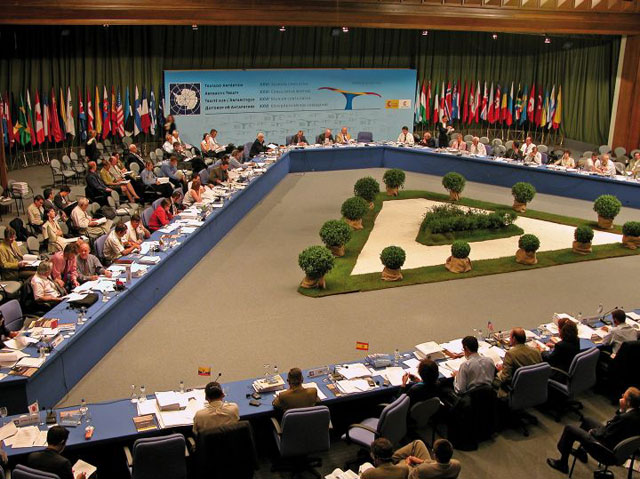|
Growing membershipMalaysia to become newest party to Antarctic TreatyPosted September 9, 2011
Welcome to the party, Malaysia. The Southeast Asian country will become the 49th party to the Antarctic Treaty Malaysia will join the Antarctic Treaty system as a non-consultative party, with the view of becoming a consultative party in the future, according to Bernama, Malaysia’s national news agency. The treaty was signed in 1959 by the 12 nations that originally conducted research in Antarctica during the International Geophysical Year (IGY) Since 1959, 36 other countries have acceded to the treaty; the most recent before Malaysia were Portugal in 2010, Monaco in 2008 and Belarus in 2006. There are 28 consultative parties that participate in decision-making, while the other 20 nations have non-consultative status. This year marks the 50th anniversary of when the treaty went into effect. Key articles of the treaty reserve Antarctica for peaceful purposes only and ensure continued freedom of scientific investigation and exchange of data. The treaty served as springboard for the Protocol on Environmental Protection Every year the treaty parties meet in a forum known as the Antarctic Treaty Consultative Meeting (ATCM) Malaysia has been involved in scientific research in Antarctica since 1997 when New Zealand opened its Scott Base
|



For USAP Participants |
For The Public |
For Researchers and EducatorsContact UsNational Science FoundationOffice of Polar Programs Geosciences Directorate 2415 Eisenhower Avenue, Suite W7100 Alexandria, VA 22314 Sign up for the NSF Office of Polar Programs newsletter and events. Feedback Form |


